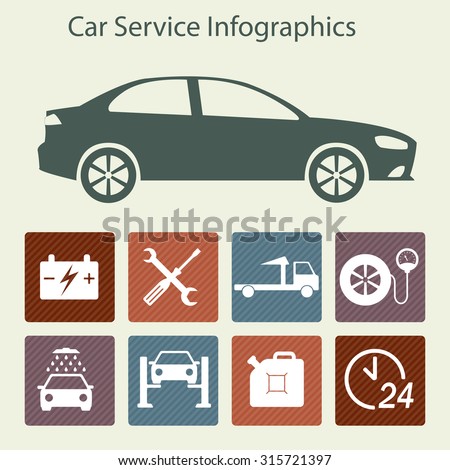Examining Your Vehicle'S Caution Indicators: What They Truly Convey
Examining Your Vehicle'S Caution Indicators: What They Truly Convey
Blog Article
Material Composed By-Faulkner Forbes
When you're behind the wheel, those radiant warning lights on your control panel can be a bit puzzling. Do you recognize what they're trying to tell you about your auto's health and wellness? Recognizing the relevance of these lights is vital for your security and the longevity of your automobile. So, the following time one of those lights appears, would not you intend to analyze its message accurately and take the necessary steps to address it?
Common Caution Lighting and Interpretations
Determine common warning lights in your car and comprehend their significances to make sure risk-free driving.
The most normal warning lights consist of the check engine light, which signals problems with the engine or exhausts system. If this light begins, it's critical to have your vehicle examined without delay.
The oil pressure warning light shows low oil pressure, requiring instant interest to stop engine damage.
A flashing battery light might recommend a defective billing system, potentially leaving you stranded if not resolved.
The tire pressure surveillance system (TPMS) light signals you to low tire stress, impacting automobile security and gas effectiveness. Neglecting https://brakelinefittings06172.buyoutblog.com/31262806/are-you-curious-concerning-the-widespread-misconceptions-bordering-automobile-describing-discover-the-fact-behind-these-mistaken-beliefs-and-comprehend-the-advantages-of-expert-outlining-for-every-lorry-owner could lead to dangerous driving conditions.
The abdominal muscle light indicates a problem with the anti-lock stopping system, endangering your capability to quit swiftly in emergency situations.
nzcardetailing but not least, the coolant temperature level advising light warns of engine getting too hot, which can cause severe damage if not settled quickly.
Understanding these usual warning lights will certainly aid you deal with problems immediately and maintain safe driving problems.
Relevance of Prompt Interest
Understanding the typical warning lights in your automobile is only the initial step; the significance of quickly addressing these warnings can't be highlighted enough to ensure your safety and security on the road.
When a warning light illuminates on your control panel, it's your automobile's way of connecting a possible problem that requires attention. Disregarding these warnings can cause much more extreme troubles down the road, jeopardizing your security and possibly costing you more in repairs.
Trigger interest to warning lights can stop break downs and mishaps. As an example, a blinking check engine light could suggest a misfire that, if left neglected, can create damages to the catalytic converter. Resolving this without delay can conserve you from a costly repair.
Similarly, a brake system cautioning light may indicate low brake fluid or used brake pads, important elements for your security when driving.
Do It Yourself Troubleshooting Tips
If you observe a warning light on your dashboard, there are a few DIY repairing pointers you can try before looking for expert aid.
you could check here is to consult your car's guidebook to understand what the specific warning light suggests. Occasionally the concern can be as easy as a loosened gas cap activating the check engine light. Tightening the gas cap may settle the trouble.
One more common problem is a low battery, which can set off different advising lights. Inspecting the battery connections for rust and guaranteeing they're protected could fix the issue.
If a caution light persists, you can attempt resetting it by separating the cars and truck's battery for a few minutes and after that reconnecting it. Furthermore, inspecting your car's liquid levels, such as oil, coolant, and brake fluid, can help repair advising lights associated with these systems.
Verdict
Finally, recognizing your auto's warning lights is necessary for keeping your automobile running efficiently and securely. By immediately addressing these signals and recognizing what they imply, you can stay clear of pricey repairs and prospective breakdowns.
Keep in mind to consult your auto's guidebook for certain details on each cautioning light and do something about it appropriately to make sure a hassle-free driving experience.
Remain educated, remain risk-free when traveling!
